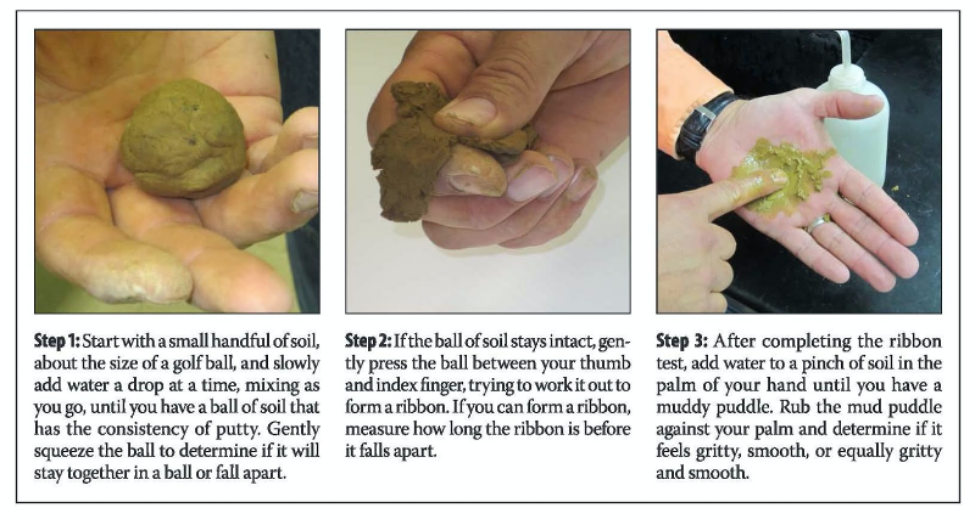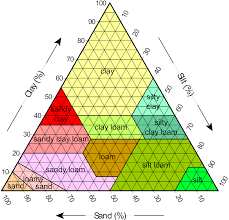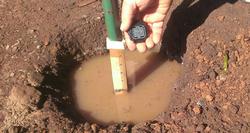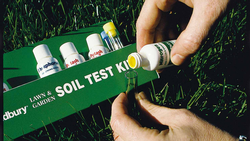Evaluating Soil: Get to Know Your Soil
Soils vary greatly from one place to another, even in your own garden. No matter how much work you do in your garden, all may be in vain if the quality of your soil is poor. Listed below are some things you can do to get to know your soil.
Before attempting any of the tests, remember that reliable results depend on taking good samples.
How to collect a soil sample
• Use a stainless steel or chrome-plated soil probe, hand garden trowel, or shovel.
• Do not use brass, bronze, or galvanized tools.
• Take samples 6 inches deep from areas with trees and shrubs, 6 to 8 inches for vegetable and perennial beds, and 2-4 inches for lawns.
• Avoid wet soil.
• Mix soil samples in a clean, plastic bucket that has not been used for fertilizer or other chemicals.
• Keep samples from different areas separate (vegetable garden, perennial garden, etc.).
• Avoid areas where the soil is visibly different.
• Taking multiple soil samples over time will provide a more accurate assessment.
• Take a soil sample a few months before a new landscaping project.

 Find your soil texture on the chart after determining particle sizes. Wikimedia Commons
Check the Texture
Find your soil texture on the chart after determining particle sizes. Wikimedia Commons
Check the Texture

• Estimating soil texture by feel video
• Estimating soil texture by feel – follow the steps below then click here to evaluate your results
• Determine particle size
 It’s easy to check your soil's drainage; dig a hole, fill it with water, and time how long it takes to drain. Photo: San Diego Water Authority
Check the Drainage
It’s easy to check your soil's drainage; dig a hole, fill it with water, and time how long it takes to drain. Photo: San Diego Water Authority
Check the Drainage

• Dig a hole about 1 foot deep
• Fill with water and allow it to drain completely
• Immediately refill the pit and measure the depth of the water with a ruler
• 15 minutes later, measure the drop in water in inches, and multiply by 4 to calculate how much water drains in an hour:
Check the pH
Inexpensive pH meters, test strips and chemical test kits are available at nurseries and other suppliers that provide an easy way to test the pH of your soil
 Simple test kits can give you information on the main nutrients in your soil – nitrogen, phosphorus and potassium. Photo: Wikimedia Commons
Check the Nutrients
Simple test kits can give you information on the main nutrients in your soil – nitrogen, phosphorus and potassium. Photo: Wikimedia Commons
Check the Nutrients

Inexpensive test kits are available at nurseries and other suppliers that can be used to determine levels of nitrogen, phosphorus, and potassium in your soil.
Learn about Testing Laboratories
• Soil testing by a specialty laboratory can evaluate many parameters including pH, levels of nitrogen, phosphorus, potassium, calcium, magnesium and sulfur and organic content.
• In addition to analytical results, laboratories will often provide recommendations for nutrient or soil amendments.
Soil Laboratories in Northern and Central California
Once you have a better understanding of your garden’s soil, you can determine what, if any, changes or additions you should make. Learn more about how to manage soil and common soil problems.
